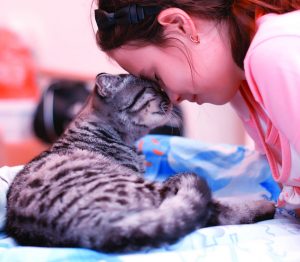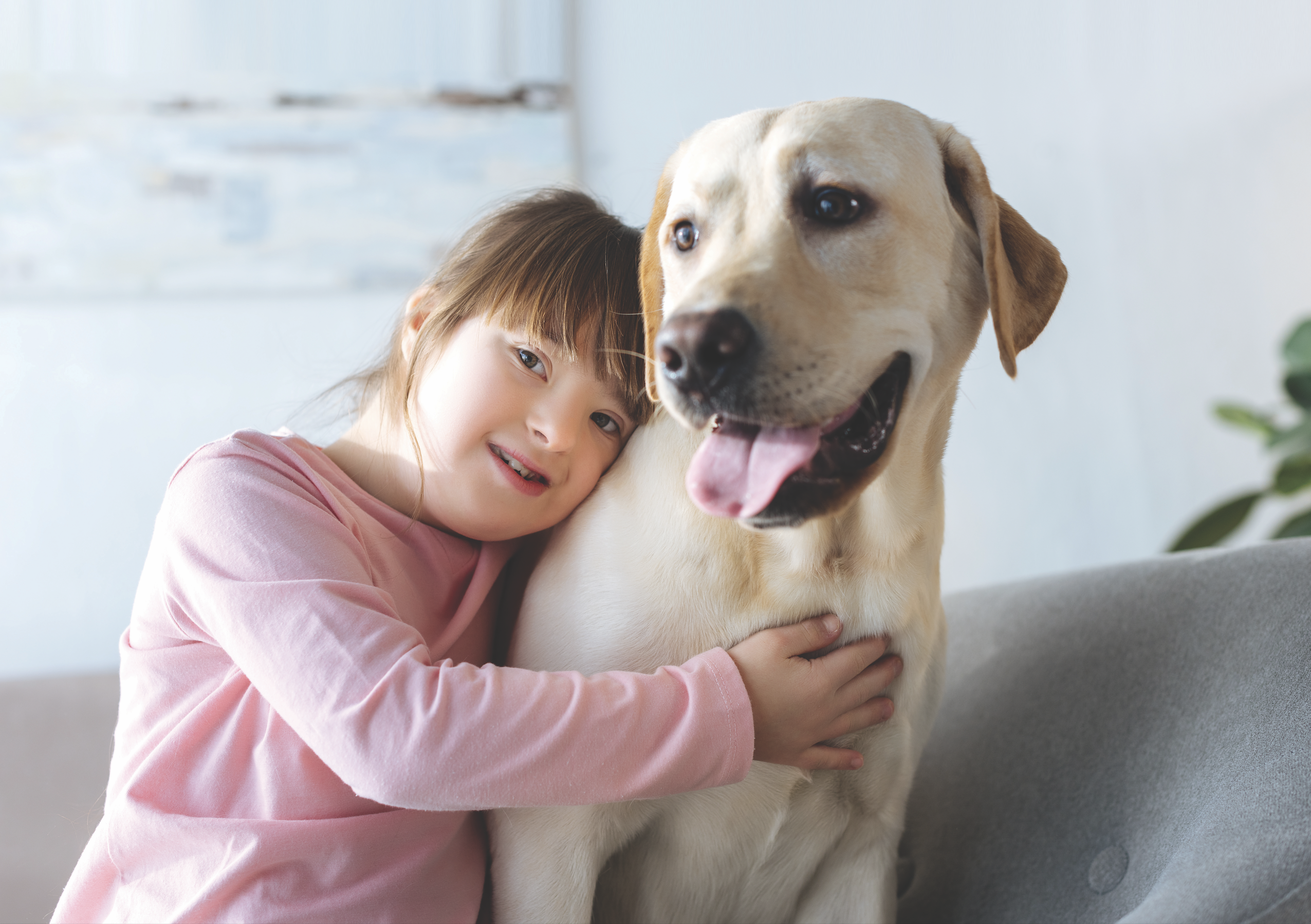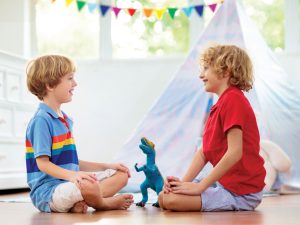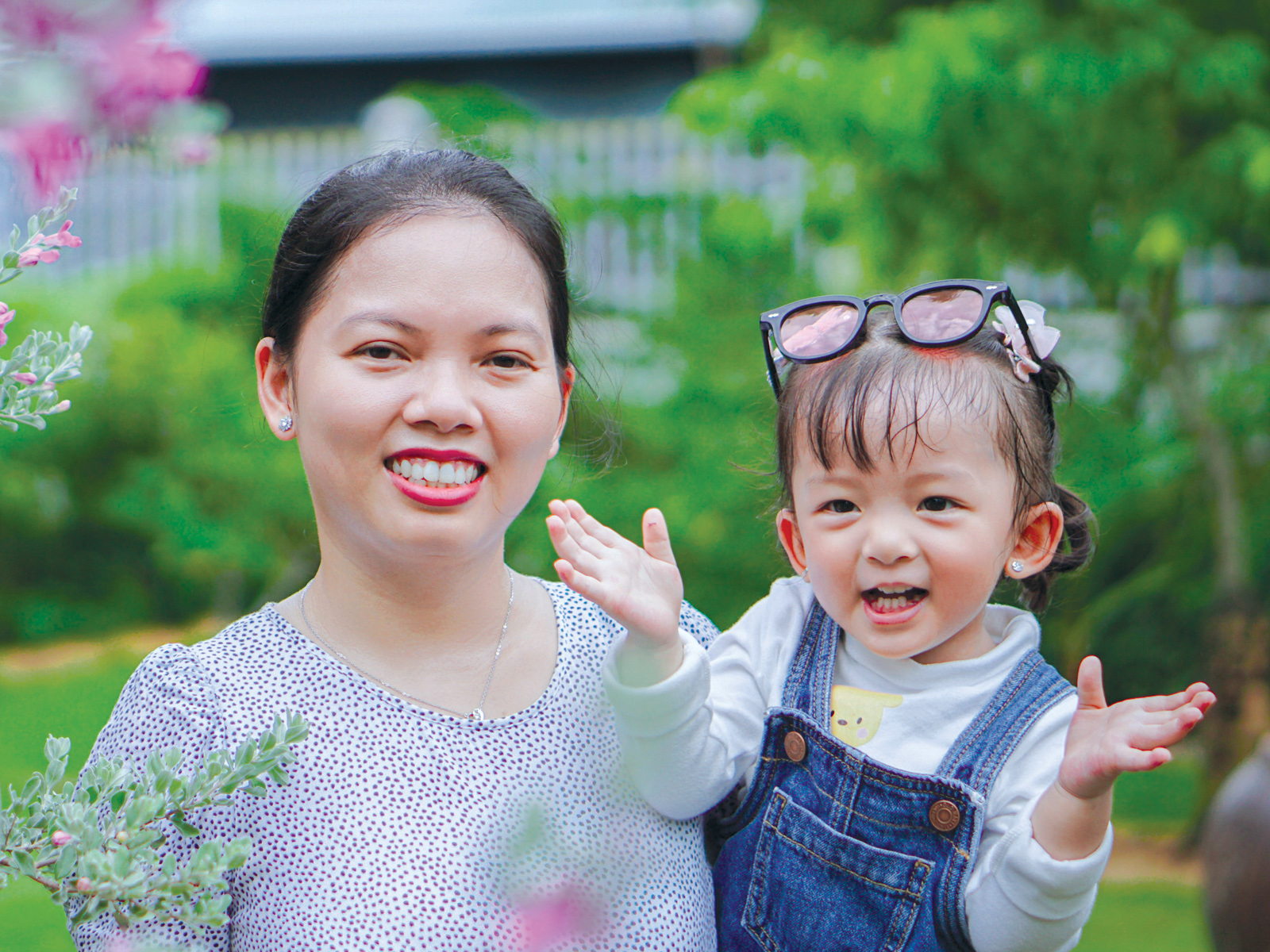By Matthew Doyle
Pets can be a lot of fun if your family is ready for the responsibilities that come with being a pet parent. They can help teach children values, increase social interaction and how to care for and empathize with another independent living being 24/7.
Keep in mind, however, that there are a number of health and safety considerations. Take the time together to prepare and understand the time commitment and tasks such as feeding, grooming and cleaning that will impact your lives.
Think carefully before pressing ahead, even if you’re tempted by a cute cat or dog. If your youngster’s allergies get worse, it can be hard and disappointing to have to find a new home for Fido.

A second chance
Adoption is a great way to find a pet. Make sure you’re working with an organization or person you trust. A veterinarian should be able to offer suggestions and recommendations for agencies or breeders in your community and what kind of pet will suit your family. Things to consider:
- Avoid giving a pet as a gift, especially around holidays.
- Research the breed you’re considering and make sure you’re prepared for how big your pet may get.
- How will walking a dog or changing cat litter impact everyone’s morning routine?
- Will there be enough space for your pet to be healthy and happy?
- While cats and dogs are the most popular animals, (7.9 million cats and 5.9 million dogs in Canada alone), less high-maintenance options do exist. Think about fish, reptiles or even birds. Experts don’t recommend exotic animals for children as they can be dangerous or require specialized care that children can’t give.
- Consider purchasing pet insurance to mitigate surprise veterinary care expenses.
Animals can make wonderful companions for children, but teaching your children to respect pets and treat them gently can help avoid any accidents that teasing or not respecting their boundaries could cause.

The power of pets
The daily care of a pet such as feeding, exercise and affection, not to mention grooming and potty time teaches kids responsibility.
However, while caring for a pet is a learning experience, it’s recommended that young children are not left alone with pets and that pets do no lick their faces or any cuts that they might have.
Pets, like humans, have unique personalities and emotional needs. Getting your children involved with their care can instill empathy. Creating a comfortable space that is just for your pet and teaching your child to recognize your pet’s signs of distress or need for solitude can help develop compassion and respect.
The emotional health of your child can also benefit from pet ownership. Pets can make great confidants that offer unconditional love and support. According to one survey, 85 per cent of children consider their pets as friends while 40 per cent turn to their pets when upset. A good relationship with a family pet can also be a great boost to a child’s self-esteem, as can the sense of accomplishment that comes from caring.
It is an unfortunate reality that eventually your child will have to deal with the death of a pet. In many cases this can be your child’s first experience with death and provides an opportunity for them to learn how to grieve and cope.

Which pets to choose?
Research before you choose. There are several factors to consider when deciding what type of pet is best for your family.
Consider the age of your child and your family’s lifestyle and interests. All pets come with a task list—even easy to care for starter pets like fish and turtles.
Keeping your pet healthy will be important. This will include an annual check-up, as recommended by veterinarians, fully vaccinating your pets and getting them spayed or neutered. If your pet appears unwell or not themselves, be ready to seek immediate veterinary care, which I might add, can have financial implications.
Childhood pets and companion animals have been shown to provide physical and emotional support to children throughout their childhood, including after experiencing trauma. Between the positive impact on the child’s self- esteem and Fido or Muffy’s ability to reduce stress, foster autonomous development and improve attitudes, it’s no doubt that a pet could be a welcome addition to your child’s life.

No room for a family pet?
5 ways to enrich your child with animal 1interactions:
- Visit a park, zoo, farm or family friend who has animals. Let your child see what it takes to feed, clean and care for another living thing.
- Teach respectful interaction with animals. Encourage your child to think about things from the animal’s perspective and explain proper treatment. Chasing after pigeons in the park might seem 3like fun but it scares the birds.
- If you have a dog, take a family walk together, or offer to take your neighbour’s dog for a walk.
- Watching fish swim back and forth in a tank has been shown to reduce stress. Watching a hamster run on its wheel or a bunny nibble a snack can also hold your child’s attention and create a calming effect.
- See the loss of a pet as a learning experience. How parents react at this difficult time can affect the way children deal with death in general. Explain that death is a part of life and express your own grief verbally; it can help your child cope.
Sources: Canadian Paediatric Society, Scholastic
Matthew Doyle is a writer and editorial co-ordinator with BCS Group.














